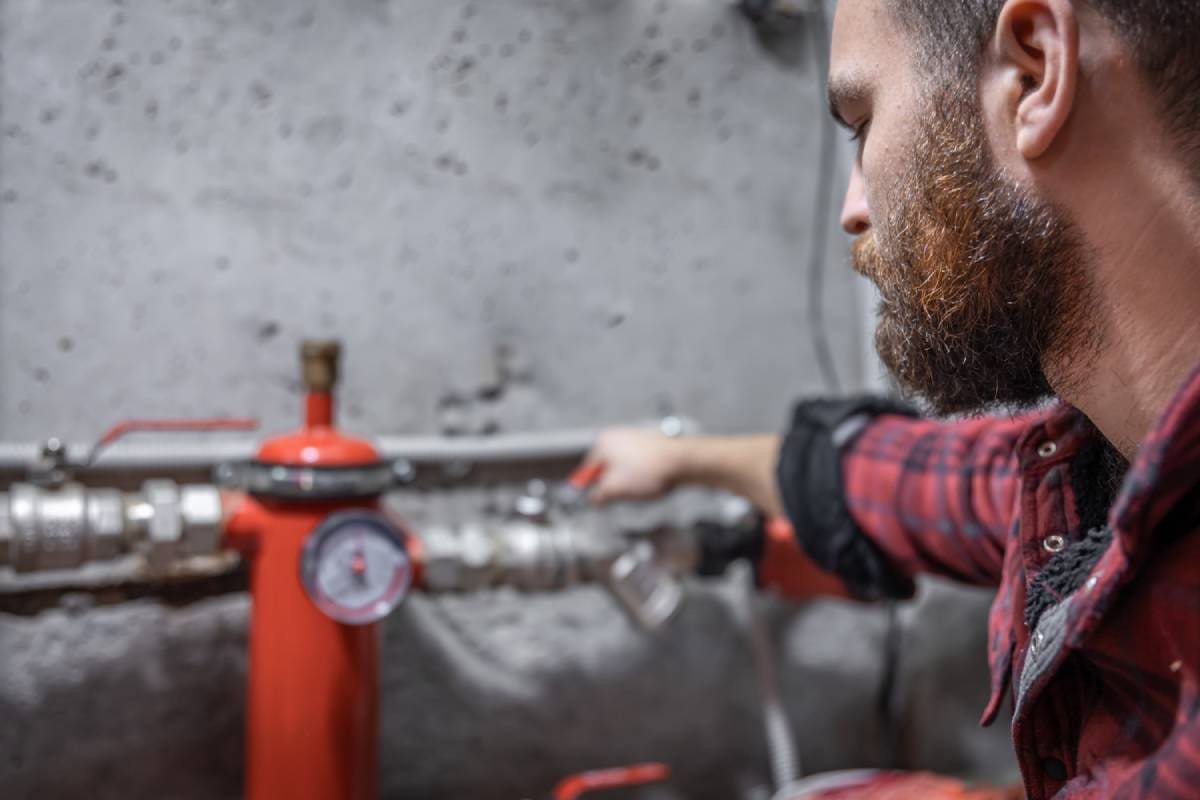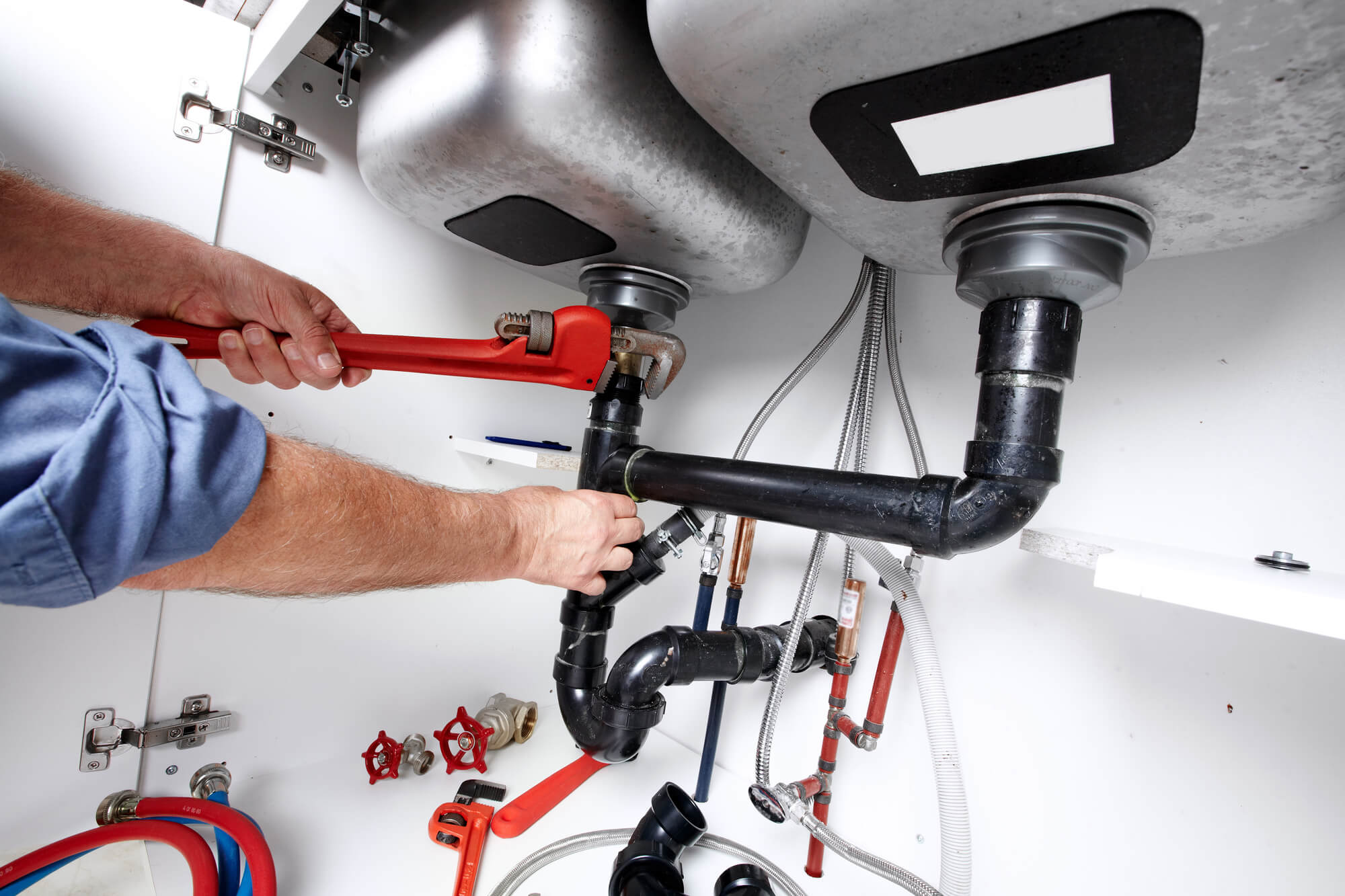How do you really feel in regards to Plumbing Basics Every Homeowner Should Know?

Plumbing is a necessary element of any type of home, responsible for supplying tidy water for alcohol consumption, cooking, and bathing, as well as getting rid of wastewater securely. Comprehending the basics of home plumbing is essential for every single home owner to make sure appropriate maintenance, troubleshooting, and, if needed, repair work. In this beginner's overview, we'll cover the essential concepts of home plumbing to aid you end up being much more knowledgeable about how it works.
Water System
The water system system brings clean water right into your home from a community water resource or a personal well. It consists of a primary water line that attaches to your home's plumbing system, normally located underground. A water meter gauges the quantity of water eaten, while a shut-off valve permits you to manage the flow of water right into your home.
Plumbing Fixtures
Plumbing components are devices that supply water to different parts of your home and consist of sinks, faucets, commodes, showers, tubs, and home appliances such as dishwashing machines and cleaning devices. Each component is linked to the water supply system by means of pipelines and fittings and might have its shut-off shutoff for upkeep or emergencies.
Water Furnace
The water heating unit is in charge of heating water for residential use, including bathing, food preparation, and cleaning. Usual types of water heaters consist of tank-type water heaters, tankless (on-demand) water heaters, and heatpump hot water heater. The hot water heater is connected to the supply of water system and supplies warm water to plumbing fixtures as needed.
Water drainage System
The water drainage system removes wastewater from your home and lugs it away to a sewage treatment center or septic tank. It contains a network of pipes, fittings, and fixtures that move wastewater from plumbing fixtures to the primary sewage system line or septic tank. Proper drain is important to protect against clogs, backups, and sewage leaks.
Air flow System
The air flow system aids maintain proper air pressure and avoid drain gases from entering your home. Air vent pipelines, additionally known as vent stacks, extend from plumbing fixtures to the roof, allowing sewer gases to leave safely outdoors. Air flow pipes likewise enable air to go into the drainage system, helping with smooth wastewater flow and avoiding suction or vacuum effects.
Usual Plumbing Tools
Having the right tools available is necessary for executing basic plumbing repair work and upkeep jobs. Usual plumbing tools include adjustable wrenches, pipe wrenches, pliers, pipeline cutters, hacksaws, bettors, augers (or drainpipe snakes), and Teflon tape. Having these devices conveniently available can help you tackle small plumbing problems effectively.
Basic Plumbing Repairs
While some plumbing repairs might require specialist help, numerous usual concerns can be attended to with basic do it yourself techniques. Discovering exactly how to fix a leaky tap, unclog a drainpipe, replace a toilet flapper, or fix a dripping showerhead can conserve you time and money on plumbing fixings.
Final thought
Understanding the fundamentals of home plumbing is important for every house owner to maintain a secure, useful, and effective plumbing system. By acquainting yourself with the water system, plumbing fixtures, water drainage system, ventilation system, typical plumbing devices, and basic repair work, you can with confidence deal with small plumbing issues and ensure your home's plumbing system runs smoothly.
Understanding Basics of Home Plumbing System: A Beginner's Guide
The Main Components of Your Home Plumbing System
The Water Supply System
This system is responsible for transporting fresh water into your home. It usually has a main water line that splits into two branches: one directed towards cold water services and the other connected to a water heater for hot water. The pressure is key here; it ensures water reaches all parts of your house.
The Drainage System
Once water has been used, it becomes wastewater that needs to be removed from your home. This is where the drainage system comes into play. It includes all the pipes that carry wastewater and sewage away from your house to sewage treatment facilities or septic tanks.
The Vent System
The vent system prevents sewer gases from entering your home and helps maintain the pressure balance that allows wastewater to flow out properly. These vents usually exit through the roof of your house.
Water Heating System
For those who enjoy hot showers or using hot water for cleaning, the water heater is a crucial part of the plumbing system. It can be a tankless system, which heats water on demand, or a traditional water tank model.
Common Plumbing Problems and Basic Troubleshooting
Plumbing systems, while designed to be durable, can face issues like clogged drains, leaky faucets, or low water pressure. Here are some basic troubleshooting tips:
Clogged Drains
Use a plunger or a plumber's snake to try and dislodge whatever is blocking the drain. Regular cleaning can prevent clogs.
Leaky Faucets
Often caused by worn-out washers or gaskets, these can usually be replaced by someone with basic DIY skills.
Low Water Pressure
This might be due to sediment build-up in your fixtures or a leak somewhere in your water line. Cleaning out aerators or seeking a professional to detect leaks might be necessary.
Preventive Maintenance Tips
Maintaining your plumbing system is key to avoiding emergencies. Regularly check for leaks, avoid disposing of grease down the sink, and have your system inspected by a professional plumber at least once a year.

Do you enjoy reading up on What to Know About Plumbing: Basics, Tips, and Insights? Leave feedback further down. We will be pleased to know your feelings about this posting. We hope that you come back again later on. Enjoyed reading our posting? Please quickly share it. Help someone else check it out. Thank you so much for taking the time to read it.
Click On This Link